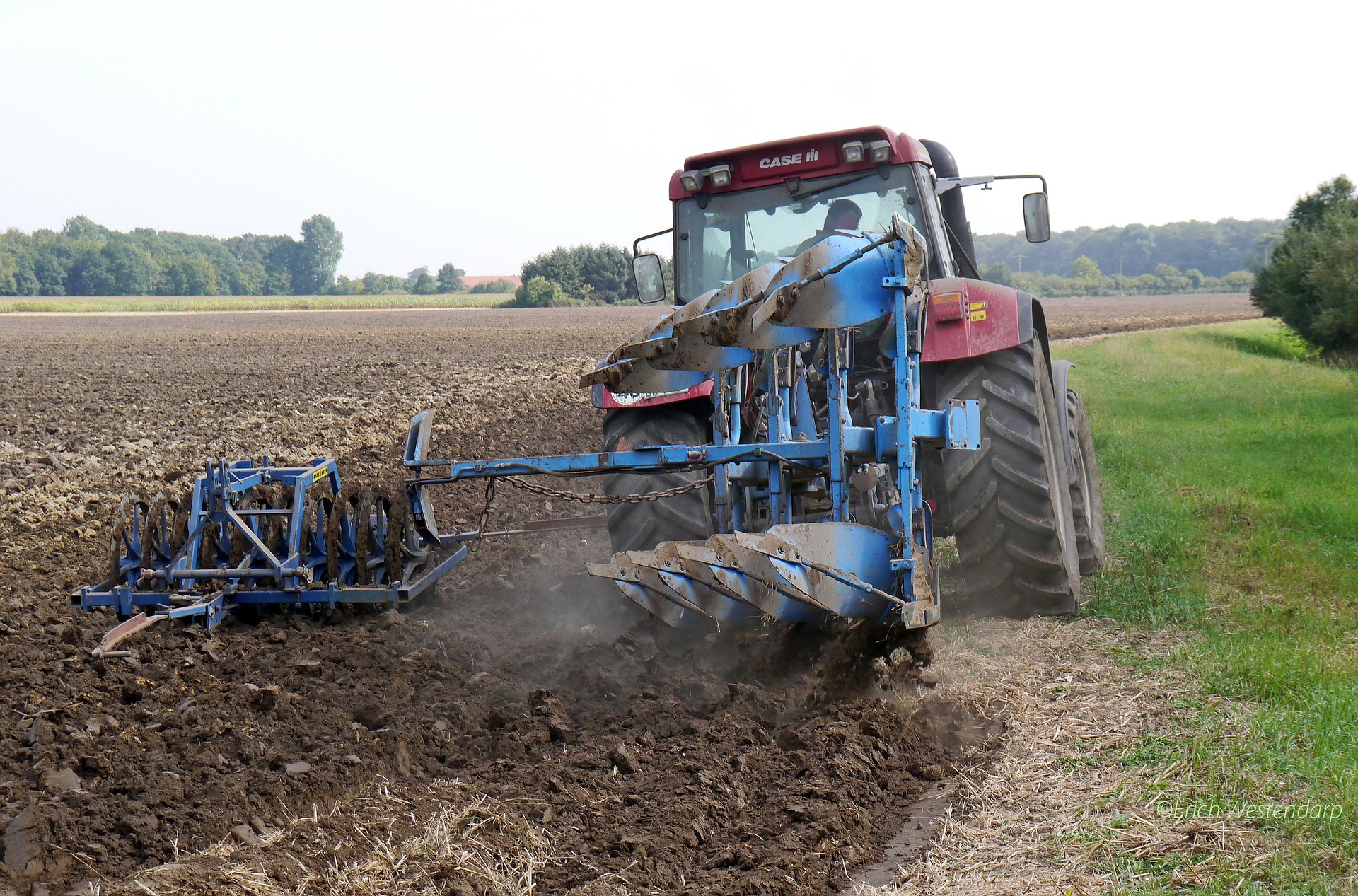This is the second blog of a series describing the five methods that make up regenerative agriculture—perennial plants & diverse crops, zero/low tillage & mulching, cover cropping & crop rotation, composting, and managed grazing. Implementation of these methods is site specific and depends on soil characteristics, crops grown, and local climates. Practices are rooted in organic methods and can be integrated into farms and pastures transitioning from conventional to organic. They also have a role in smaller-scale climate gardens, where individuals do their part to sequester carbon and contribute to a local, sustainable food system.
All agriculture sequesters carbon from the air through photosynthesis. But, regenerative agriculture ensures more carbon is stored than released and keeps the drawn down carbon underground. This effectively reduces the amount of carbon dioxide in the atmosphere and increases the amount of soil carbon available for healthy crops.
In agriculture, there is major potential for zero or low tillage and mulching to provide beneficial outcomes both for the climate and beyond. There are many types of tillage that range from very invasive to practices causing little to no disruption of the soil. We advocate for the most minimal tillage possible and crop residue management that aims to keep soils covered.
Industrial agriculture relies heavily on tilling with methods that dig into the soil between plantings to incorporate or remove crop residues, kill weeds, and prepare land for irrigation. For this type of tillage, you might hear words like “disking” and “chiseling” which allude to the motions and tools used. This more traditional type of full tillage is what you might envision when you think of large-scale agriculture like corn and soy monocrops. Both conventional and organic farms that use invasive tillage methods to prepare fields damage soil structure and release significant amounts of stored carbon into the atmosphere.

By contrast, certain types of zero to low tillage—especially single pass no-till—provide significant carbon storage potential while reducing the amount of carbon released from soils into the atmosphere. Special equipment is often used to reduce the number of “passes” or times a tractor travels over a field; research shows that farmers save an average of 50 percent on fuel costs and over 70 percent time savings with one-pass tillage, a win for climate change and those who grow our food. In this practice, crop residues and cover crops are rolled flat and left to keep soil surfaces covered year-round. These residues effectively become mulch that feeds soil micro-organisms and accelerates the process of storing more carbon in the soil.

New crops are planted into this mulch, which keeps weeds to a minimum and only disturbs the soil where seeds (and possibly fertilizers on conventional farms) are injected. Herbicides may be used to control weeds, although the goal is for mulching and reduced weed seeds to keep this to a minimum, further benefitting local environments and global climate change because of reduced emissions from production of these chemicals.
Minimal tillage practices and mulching also increase rainfall infiltration (allowing for 96 percent penetration in some cases) to help prevent storm flooding. They also limit soil erosion, enhance soil moisture retention, and reduce air and water pollution from dust and chemical runoff.
If you’re a climate gardener, the great news is that you’re likely already doing very little tillage and may even already be mulching on your property. You can expand your positive impact by disrupting soils as little as possible; for example, when removing plants, consider clipping the stem just below the soil line and allowing the roots to remain in the ground. You can then use the removed plant materials as mulching or compost it. More traditional mulching around perennials with woodchips or other natural material will also serve to protect and supply nutrients to your soils. And, if you enjoy wildlife, research shows that crop residues provide important food and habitat for animals!
Whether you’re a consumer, farmer, or climate gardener, tillage and mulching are important concepts to know about. They are just two of the many tools and practices that make up a regenerative agricultural system and bring many benefits to local ecosystems and the people involved from food production to consumption.
If you’re unable to implement these practices directly, use your consumer power and speak with your dollars to show your support for these important practices. Without strong signals from consumers, not enough farmers will switch to these practices in the timeframe needed to reverse current climate trends that threaten food security and the future of our planet.





